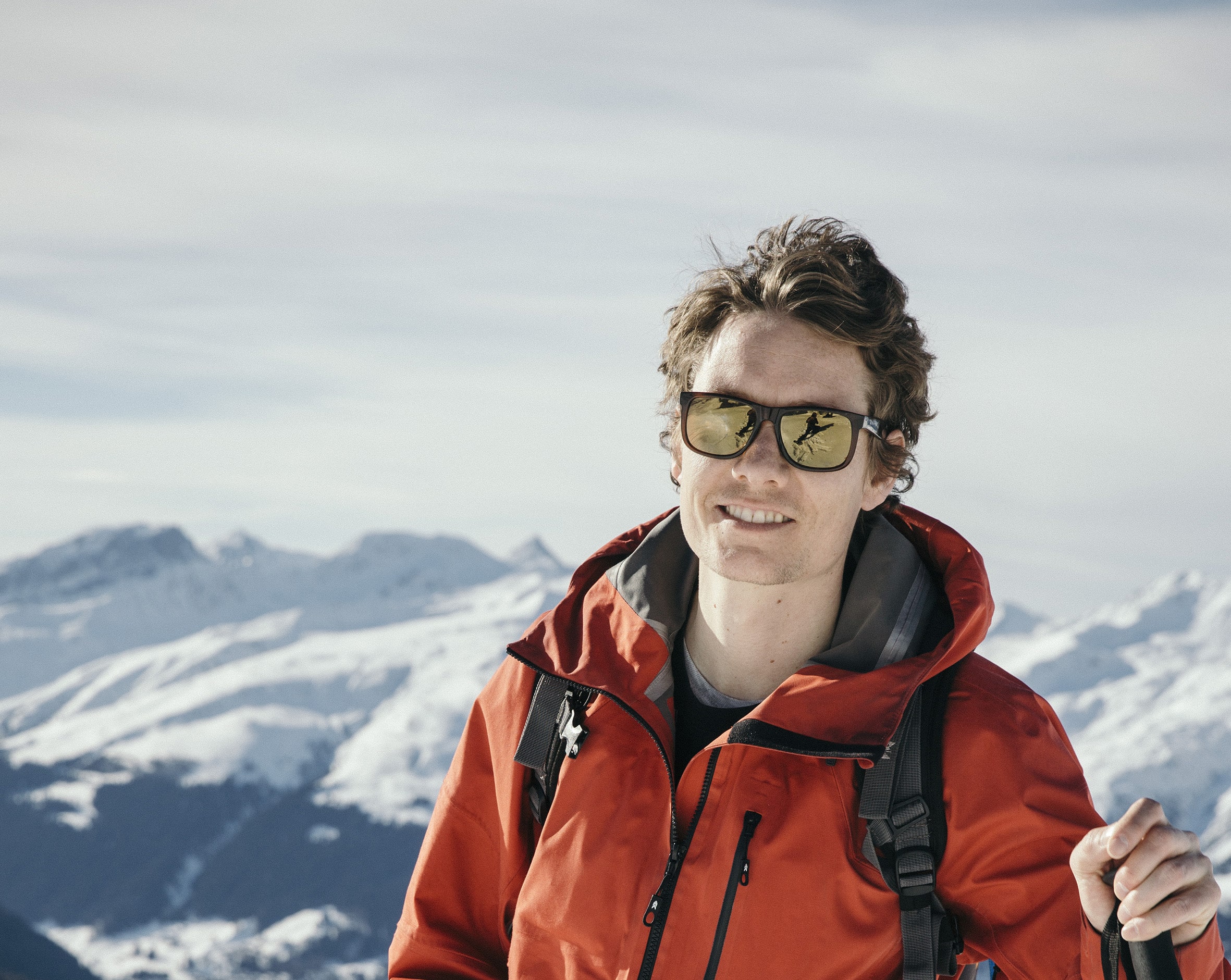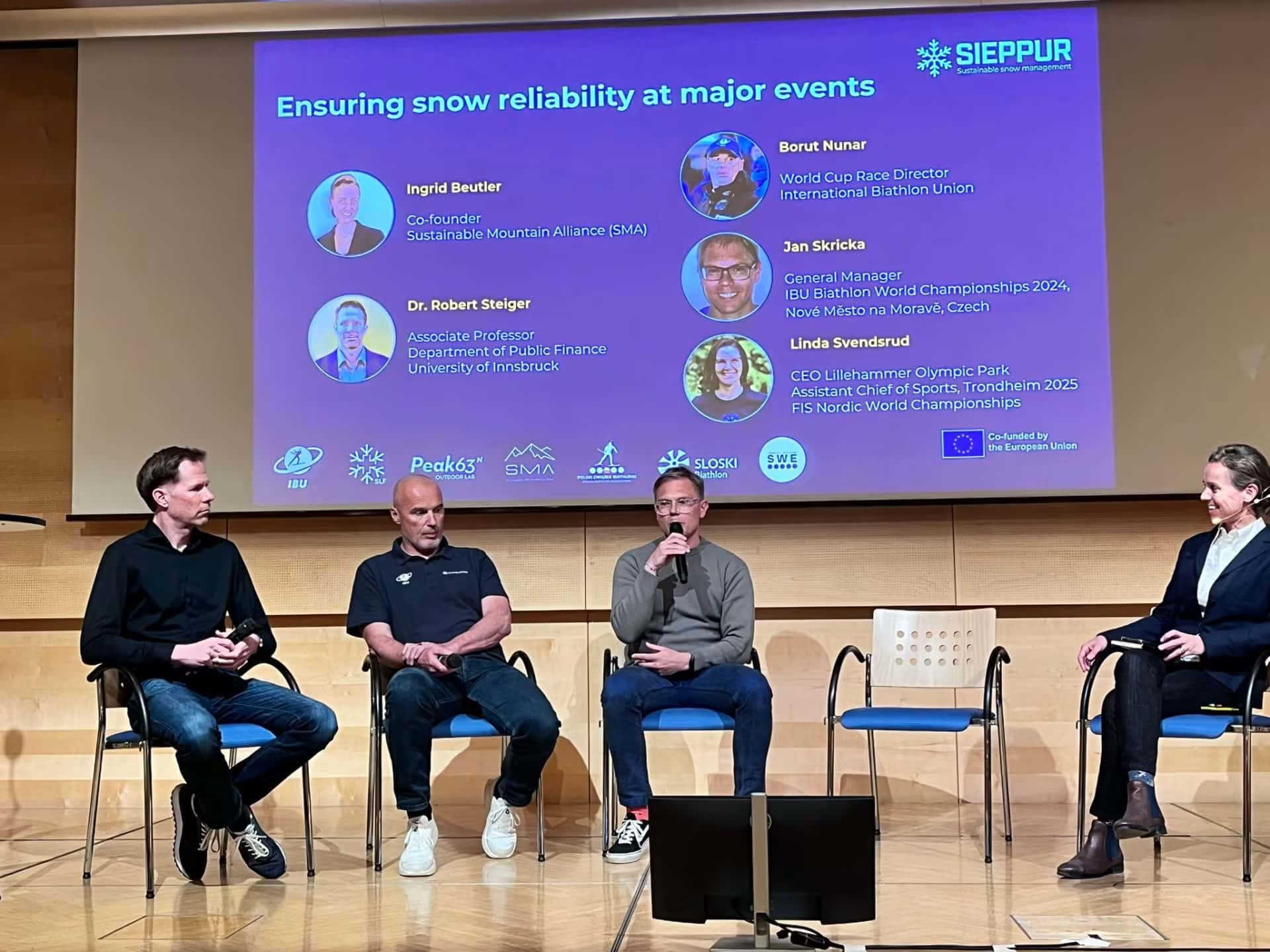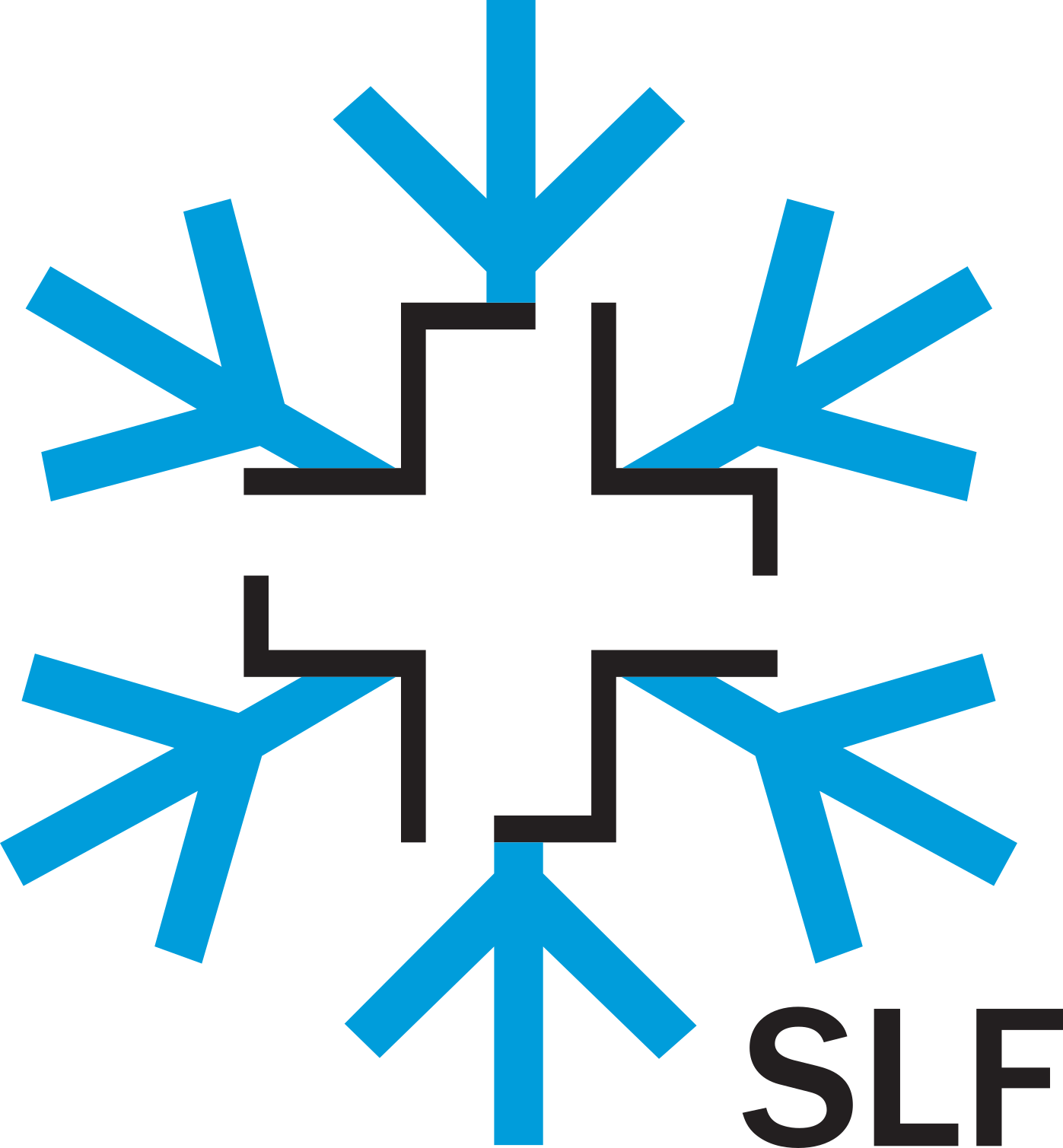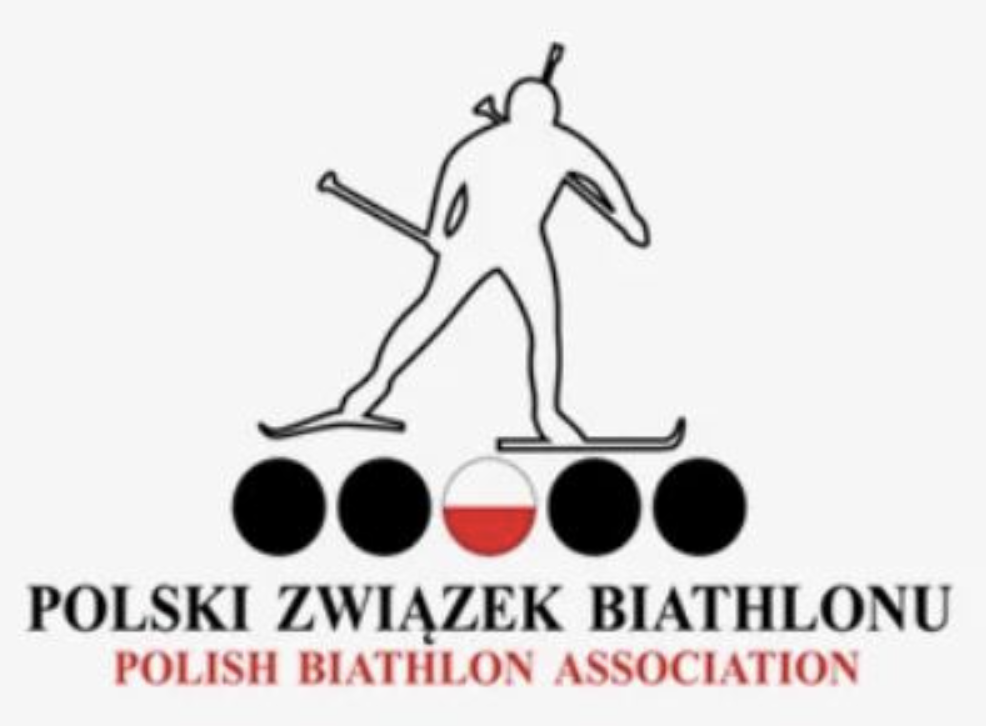What is the WSL Institute for Snow and Avalanche Research (SLF)
The WSL Institute for Snow and Avalanche Research (SLF), is an interdisciplinary research and service centre located in Davos, Switzerland. It forms part of the WSL – the Swiss Federal Institute for Forest, Snow and Landscape Research. The SLF engages in research and scientific services with a focus on snow, avalanches, other alpine natural hazards, permafrost, and mountain ecosystems.
The research group ‘Snow Physics’ is responsible for fundamental snow research and investigates applied topics like snow management and snow farming, while the research group ‘Snow Climatology and Monitoring’ works on snow climatological analyses and scenarios.
What is the SLF’s role in sustainable snow management?
Snow in the context of tourism and snow sport has been understood as an increasingly scarce resource. The need to conduct responsible snow management through planning and identifying good practices in the handling of snow has arisen particularly due to the decrease in natural snow as well as increasing demands on quality and reliability of ski pistes, cross country tracks or snow parks.
The SLF helps to improve snow management techniques by gathering a deeper understanding on the physical processes involved. For example, the role of cover materials and thicknesses for snow storage or how weather affects the amount of water loss during snow making. Besides the SLF’s own research, we collect and publish new knowledge and best practices in books and guidelines (See: https://www.dora.lib4ri.ch/wsl/islandora/search?f%5B0%5D=mods_name_personal_nameIdentifier_authorId_ms%3A%22wsl-authors%3A5467%22)
In what area does snow management have the greatest negative impact?
Snow management activities aim to have positive effects, ecologically as well as economically. For example, knowing the minimal snow height threshold needed along a cross-country track to make the snow last until the end of the planned season means that snow production, and its use of water and energy, can be reduced to the absolute minimum. Various snow management activities that are recognized as being particularly easy to implement and with limited negative impacts include measures such as automated snow height measurements or wind fences to accumulate snow.
The strongest impacts from snow management result from earthworks or other structural measures within vulnerable ecosystems such as high alpine vegetation that barely recovers between seasons from human interference. Although great progress has been made of revegetation at alpine altitudes, such activities should be limited.
Moreover, the amount of water used for snowmaking is high and must therefore be regulated to prevent negative impacts on flora and particularly on the aquatic fauna. However, water use for snow making needs to be evaluated for each winter sports venue individually depending on the local water availability and conflicts of use.
What are some of the trends in snow management that you are seeing?
We see a growing number of snow storage facilities and an expansion in snow production capacity. The latter particularly focuses on water availability ensuring high flow rates to be able to produce the required snow volumes within short, cold periods. As these activities generally require additional resources; venues and ski resorts are expanding the production of renewable energy using photovoltaic or small-scale hydropower.
Grooming and snow storage practices are experiencing an on-going professionalization and growing efficiency. This is based on technical innovation such as snow height measurement systems, plant-based fuels or optimized practices of the local staff.
What have been some of the steps for the SIEPPUR project that have been taken over the past European summer months?
Currently we are assessing the snow management practices of 10 biathlon venues by surveys, field visits and data collection. We are quantifying the water and energy used for snow making, grooming and snow storage and identifying best practices as well how venues deal with different constraints. e.g., from a warm climate, nature conservancy, or governance practices.
What are the expected outcomes of the SIEPPUR project?
We are aiming for three major outcomes:
1) Best practice guidelines helping Nordic venues manage their snow in as resource saving way as possible.
2) Numbers to relate the required energy to maintain cross country tracks vs. the benefits of use.
3) New knowledge on how to better preserve snow tracks from melting, as well as how grooming can strengthen snow by enhancing the natural sintering process between single snow grains.











